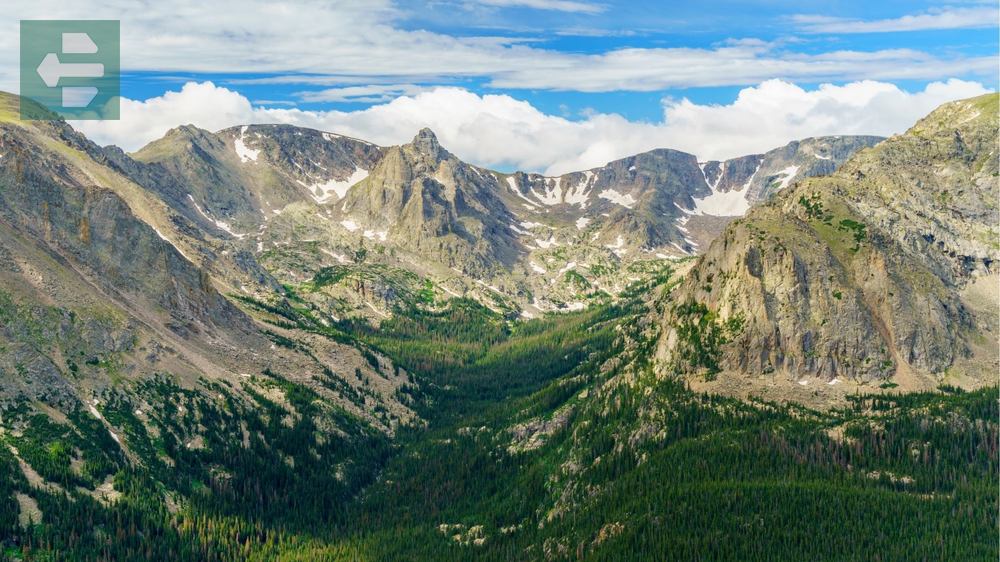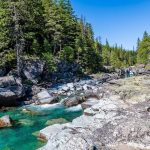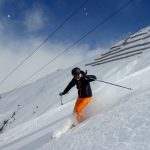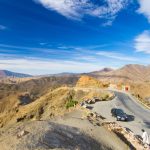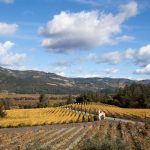The best places to go hiking span from Nepal's towering peaks to Iceland's otherworldly landscapes. Whether you seek the challenge of Everest Base Camp, the ancient mysteries of Peru's Inca Trail, or the alpine beauty of Tour du Mont Blanc, each trail offers something extraordinary. From Yosemite's granite walls to Tanzania's Kilimanjaro slopes, these destinations call to those who find peace in putting one foot in front of the other.
Keep reading as we explore the world's most remarkable hiking destinations that will transform how you see both the planet and yourself.
List of Contents
- 1. Annapurna Circuit: Where Mountains Touch Sky
- 2. Inca Trail: Walking with Ghosts
- 3. Everest Base Camp: The Long Walk Up
- 4. Tour du Mont Blanc: Three Countries, One Mountain
- 5. Appalachian Trail: America's Backbone
- 6. Kungsleden: Sweden's King's Trail
- 7. GR 20: Corsica's Spine
- 8. Laugavegur Trail: Fire and Ice
- 9. Grand Canyon National Park: Time Made Visible
- 10. Yosemite National Park: Granite Cathedral
- 11. Kilimanjaro: Roof of Africa
- 12. Torres del Paine: Patagonian Drama
- 13. Drakensberg Mountains: Africa's Barrier
- 14. Valley of Flowers: Himalayan Garden
- Your Trail Awaits
1. Annapurna Circuit: Where Mountains Touch Sky
The Annapurna Circuit wraps around the Annapurna Massif through diverse landscapes that change like chapters in a book. You'll walk through subtropical forests, cross high desert plateaus, and navigate the challenging Thorong La Pass at 17,769 feet.
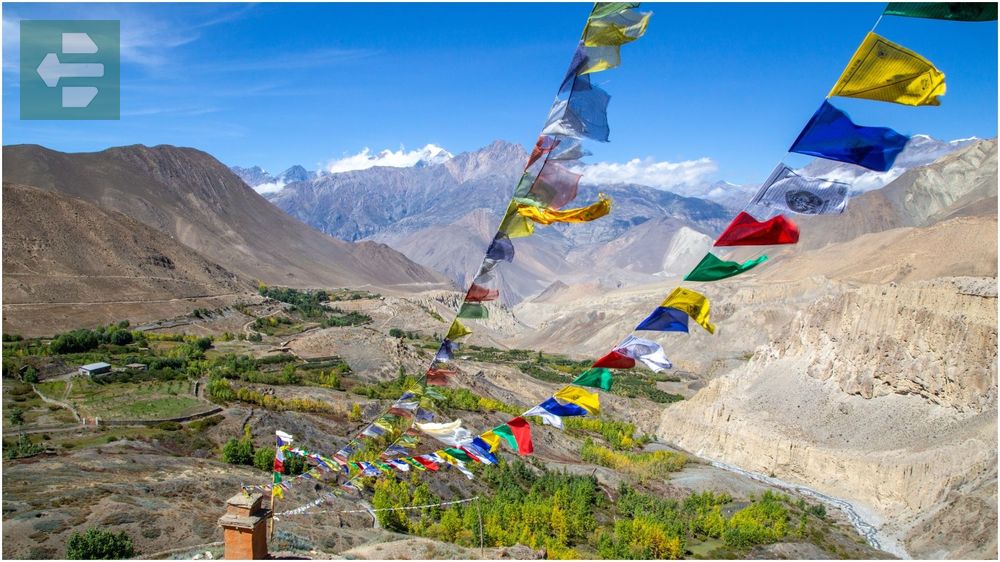
Local teahouse owners along the trail have perfected dal bhat—rice and lentils that fuel trekkers for generations. The ritual of sharing this simple meal with strangers becomes part of the journey's magic.
The circuit demands respect. Weather changes without warning, and altitude affects everyone differently.
Quick Facts
- Peak Season: October-November, March-May
- Getting There: Fly to Kathmandu, drive to Besisahar or Nayapul
- Entry Fee: From $30 (permits required)
- Suggested Stay: 12-21 days
- Notable Spots: Thorong La Pass, Muktinath Temple, Manang village
2. Inca Trail: Walking with Ghosts
Four days on the Inca Trail lead to Machu Picchu, but the ruins are just the finale. The real story unfolds in the cloud forests and stone steps carved by people who understood mountains.

I remember reaching Dead Woman's Pass at dawn, watching mist rise from valleys that have remained unchanged for centuries. The air was thin, but the silence was complete.
Only 500 people per day can walk this trail. Book months ahead, or risk disappointment.
Quick Facts
- Peak Season: May-September
- Getting There: Fly to Cusco, arrange tour from Sacred Valley
- Entry Fee: From $500 (permits required)
- Suggested Stay: 4 days
- Notable Spots: Dead Woman's Pass, Wiñay Wayna ruins, Sun Gate
3. Everest Base Camp: The Long Walk Up
Everest Base Camp sits at 17,598 feet, where the air holds half the oxygen of sea level. The trek takes you through Sherpa villages, across suspension bridges, and past monasteries where prayer flags snap in mountain wind.

Namche Bazaar offers the last taste of creature comforts before the trail turns serious. Local guides suggest spending an extra day here for acclimatization—wisdom earned through generations of mountain living.
The mountain shows itself only when it chooses. Weather, not schedule, rules here.
Quick Facts
- Peak Season: March-May, September-November
- Getting There: Fly to Kathmandu, then Lukla
- Entry Fee: From $35 (permits required)
- Suggested Stay: 12-16 days
- Notable Spots: Namche Bazaar, Tengboche Monastery, Kala Patthar viewpoint
4. Tour du Mont Blanc: Three Countries, One Mountain
The Tour du Mont Blanc circles Western Europe's highest peak through France, Italy, and Switzerland. Each day brings new valleys, different languages, and mountain huts that serve local specialties.

Alpine refuges operate like clockwork. Dinner happens at fixed hours, and beds fill by reservation. The Swiss sections demand precise timing—missing the last cable car means a long walk down.
Mont Blanc reveals different faces from each country. The French side shows glaciers. Italy offers warmth and wine. Switzerland delivers precision and views.
Quick Facts
- Peak Season: June-September
- Getting There: Fly to Geneva, train to Chamonix
- Entry Fee: Free (accommodation costs vary)
- Suggested Stay: 7-11 days
- Notable Spots: Chamonix Valley, Courmayeur, Champex Lake
5. Appalachian Trail: America's Backbone
The Appalachian Trail stretches 2,190 miles from Georgia to Maine, following ridgelines that predate the Atlantic Ocean. Most hikers choose sections, but a few attempt the full journey—a commitment that takes five to seven months.
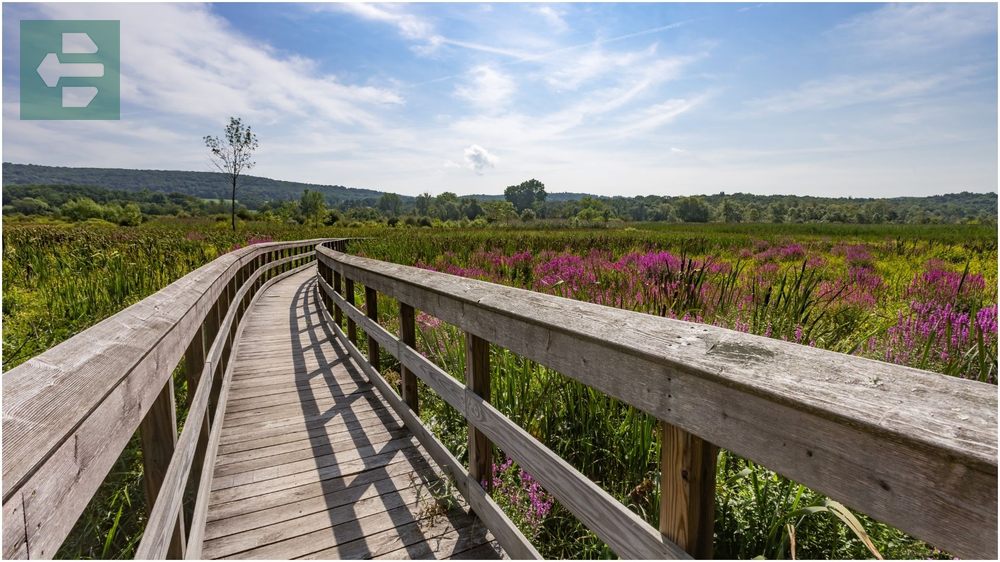
Trail angels maintain water sources and offer rides to resupply towns. Their kindness makes the difference between suffering and adventure. Accept help when offered—trail karma flows both ways.
Spring brings wildflowers and mud. Fall delivers colors that photographers chase. Winter means solitude and risk.
Quick Facts
- Peak Season: April-October (varies by section)
- Getting There: Multiple access points from Georgia to Maine
- Entry Fee: Free
- Suggested Stay: 3 days to 7 months
- Notable Spots: Mount Katahdin, Shenandoah National Park, White Mountains
6. Kungsleden: Sweden's King's Trail
Kungsleden runs 270 miles through Swedish Lapland, where summer brings midnight sun and winter delivers northern lights. The trail passes through four national parks and crosses landscapes that belong more to dreams than maps.

Mountain huts spaced a day's walk apart provide shelter and community. Swedish hiking culture emphasizes minimal impact—pack out everything, disturb nothing.
Above the Arctic Circle, weather creates its own rules. Prepare for snow in July and warmth in September.
Quick Facts
- Peak Season: June-September
- Getting There: Fly to Stockholm, train to Kiruna or Abisko
- Entry Fee: Free (hut fees apply)
- Suggested Stay: 3-30 days
- Notable Spots: Abisko National Park, Kebnekaise mountain, Hemavan
7. GR 20: Corsica's Spine
The GR 20 crosses Corsica from north to south along granite ridges that drop into the Mediterranean. This trail earned its reputation as Europe's toughest long-distance hike through exposed scrambles and weather that changes by the hour.

Corsican shepherds still move flocks through high pastures. Their stone huts dot the landscape like ancient monuments. Water sources are scarce—carry enough and know where the next refill waits.
Every day brings technical challenges. Chains assist on exposed sections, but sure footing and steady nerves matter more than gear.
Quick Facts
- Peak Season: June-September
- Getting There: Fly to Bastia or Ajaccio
- Entry Fee: Free (refuge fees apply)
- Suggested Stay: 10-16 days
- Notable Spots: Monte Cinto, Cirque de la Solitude, Bavella needles
8. Laugavegur Trail: Fire and Ice
Iceland's Laugavegur Trail crosses landscapes that look borrowed from other planets. Rhyolite mountains shine like rainbows, hot springs bubble through valleys, and glaciers cap peaks that rise from black sand deserts.

Landmannalaugar's geothermal pools offer the perfect end to hiking days. The ritual of soaking in naturally heated water while surrounded by mountains becomes addictive.
Weather changes without warning. Pack for winter even in summer, and expect wind that can knock you sideways.
Quick Facts
- Peak Season: July-August
- Getting There: Fly to Reykjavik, bus to Landmannalaugar
- Entry Fee: Free (hut/camping fees apply)
- Suggested Stay: 4-6 days
- Notable Spots: Landmannalaugar, Alftavatn lake, Thorsmork valley
9. Grand Canyon National Park: Time Made Visible
The Grand Canyon reveals two billion years of Earth's history in layered stone walls that drop mile-deep into the Colorado River. Hiking here means traveling through geological time, where each step down represents millions of years.
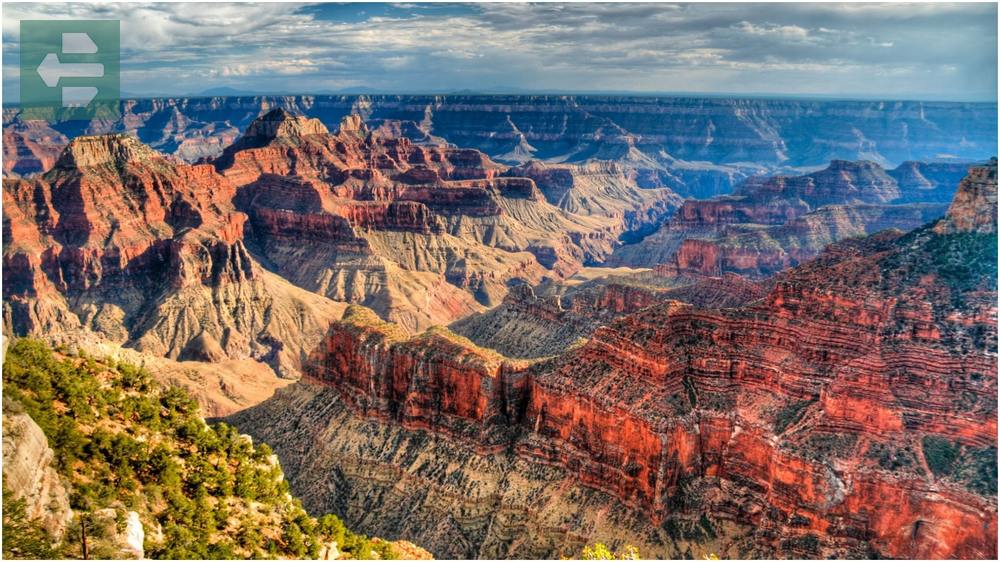
Summer temperatures at the bottom reach dangerous levels. Rangers stress the rule: going down is optional, coming up is mandatory. Many underestimate the return climb—heat exhaustion claims victims regularly.
Water weighs eight pounds per gallon, but carries no substitute. Calculate carefully, pack extra, and turn back if supplies run low.
Quick Facts
- Peak Season: March-May, September-November
- Getting There: Fly to Phoenix or Las Vegas, drive to South Rim
- Entry Fee: From $35 per vehicle
- Suggested Stay: 1-4 days
- Notable Spots: Bright Angel Trail, South Kaibab Trail, Phantom Ranch
10. Yosemite National Park: Granite Cathedral
Yosemite's granite domes and waterfalls create a landscape that has inspired climbers, photographers, and dreamers for generations. Half Dome and El Capitan dominate the valley like monuments to geological patience.
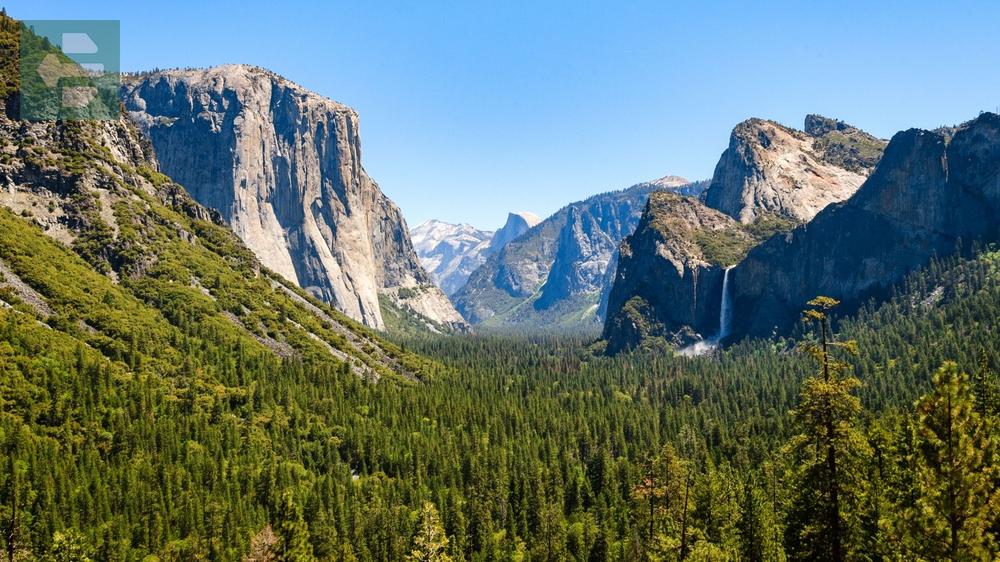
At 5 AM on a July morning, I stood atop Half Dome watching sunrise paint the valley gold. The cables that help hikers up the final pitch were already crowded—popularity brings both wonder and crowds.
Permits limit access to protect both the park and visitors. Apply early, have backup plans, and respect the lottery system.
Quick Facts
- Peak Season: May-October
- Getting There: Fly to San Francisco or Fresno, drive to valley
- Entry Fee: From $35 per vehicle
- Suggested Stay: 2-7 days
- Notable Spots: Half Dome, Mist Trail, High Sierra Camps
11. Kilimanjaro: Roof of Africa
Kilimanjaro rises from African savanna to arctic conditions in just five climate zones. The mountain stands alone, making weather unpredictable and altitude effects more severe than peaks surrounded by ranges.

Tanzanian guides understand the mountain's moods. They watch for altitude sickness signs and adjust pace accordingly. Their experience saves lives—listen when they suggest rest or descent.
Success depends more on acclimatization than fitness. Pole pole—slowly, slowly—becomes the mantra that gets you to Uhuru Peak.
Quick Facts
- Peak Season: January-March, June-October
- Getting There: Fly to Kilimanjaro Airport, drive to gate
- Entry Fee: From $70 per day (park fees)
- Suggested Stay: 5-9 days
- Notable Spots: Marangu Route, Machame Route, Uhuru Peak
12. Torres del Paine: Patagonian Drama
Torres del Paine showcases Patagonia's raw beauty through granite towers, emerald lakes, and glaciers that calve into turquoise waters. The park's weather systems create their own drama—sunshine and storms can alternate within hours.
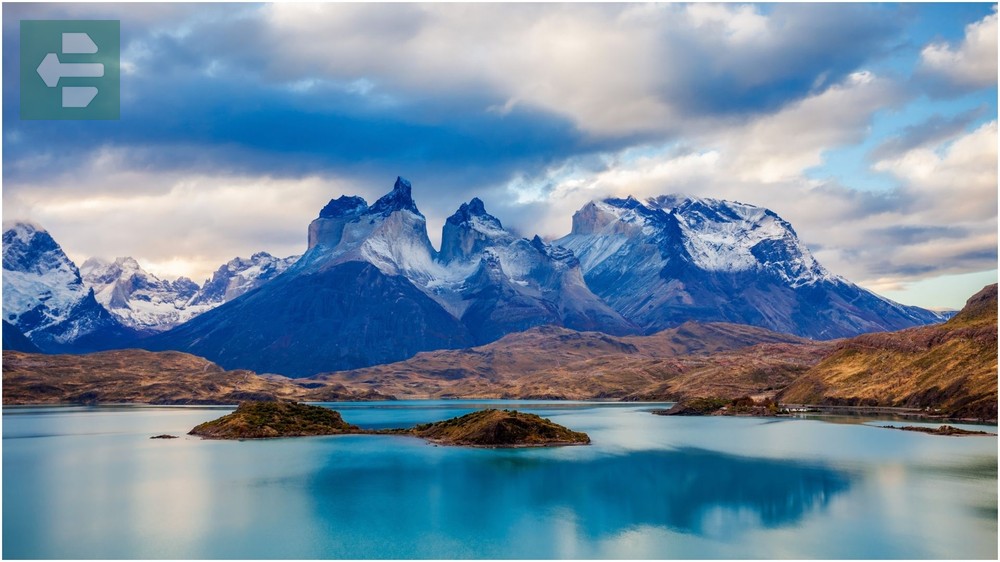
Patagonian wind deserves its legendary status. Gusts strong enough to knock hikers off their feet are common. Trekking poles become essential tools for stability, not just comfort.
The complete circuit takes eight to ten days, but shorter options capture the park's highlights. Book refugios early—accommodation fills months ahead.
Quick Facts
- Peak Season: November-March
- Getting There: Fly to Santiago, connect to Punta Arenas, bus to park
- Entry Fee: From $35
- Suggested Stay: 4-10 days
- Notable Spots: Las Torres viewpoint, French Valley, Grey Glacier
13. Drakensberg Mountains: Africa's Barrier
The Drakensberg Mountains create a natural barrier between South Africa and Lesotho, rising to heights that support snow in African winters. San rock art decorates cave walls, telling stories thousands of years old.

Royal Natal National Park offers the most accessible hiking, with the Amphitheatre cliff face creating a natural wonder. Local guides share knowledge of medicinal plants and point out wildlife that casual observers miss.
Weather patterns follow the escarpment's elevation. Pack for cold nights even during warm days, and expect afternoon thunderstorms in summer.
Quick Facts
- Peak Season: April-September
- Getting There: Fly to Johannesburg, drive to Royal Natal National Park
- Entry Fee: From $5 per person
- Suggested Stay: 2-7 days
- Notable Spots: Amphitheatre cliff, Tugela Falls, Cathedral Peak
14. Valley of Flowers: Himalayan Garden
Valley of Flowers blooms for just four months each year, when monsoon rains transform this Himalayan valley into a carpet of alpine flowers. The timing must be perfect—too early means brown grass, too late brings early snow.
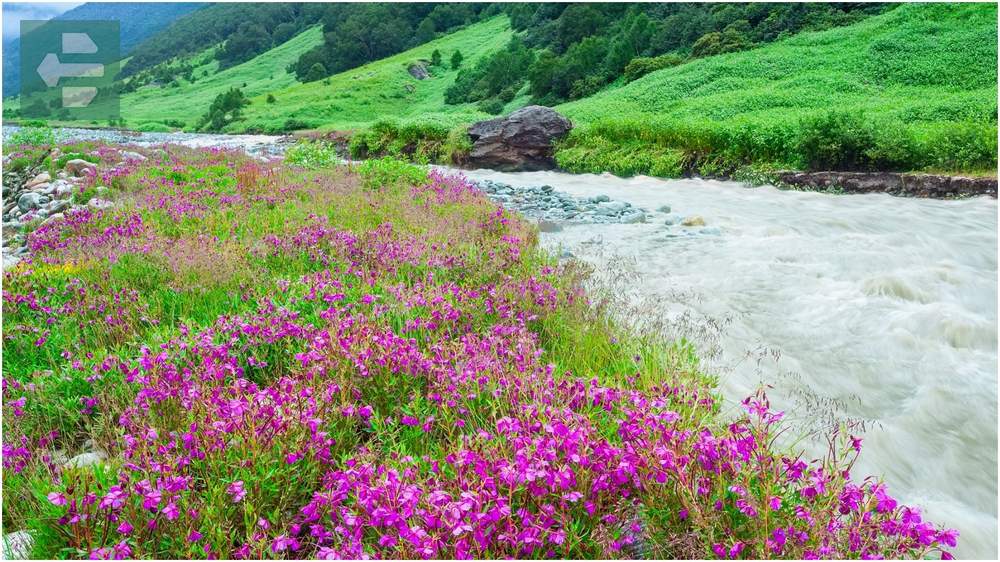
Local porters from Govindghat village know which flowers bloom when and where. Their grandfather's knowledge of seasonal patterns proves more reliable than weather forecasts.
The valley requires a 14-kilometer trek through Hemkund Sahib, where Sikh pilgrims add spiritual dimension to the natural wonder. Both destinations reward the journey differently.
Quick Facts
- Peak Season: July-September
- Getting There: Fly to Dehradun, drive to Govindghat, trek to valley
- Entry Fee: From $15 (permits required)
- Suggested Stay: 3-5 days
- Notable Spots: Hemkund Sahib, Valley of Flowers meadows, Pushpawati River
Your Trail Awaits
The best places to go hiking share one common truth: they change you. Whether you're drawn to Nepal's prayer flags fluttering in thin air or Iceland's landscapes that seem pulled from another world, each trail offers its own form of transformation.
Some journeys test your limits. Others restore your spirit. The best do both.
Pack light, walk far, and remember that the mountain you climb exists as much in your mind as on any map. Your boots know the way—trust them to carry you toward adventures that photos cannot capture and words struggle to describe.
The trail is calling. Answer it.
